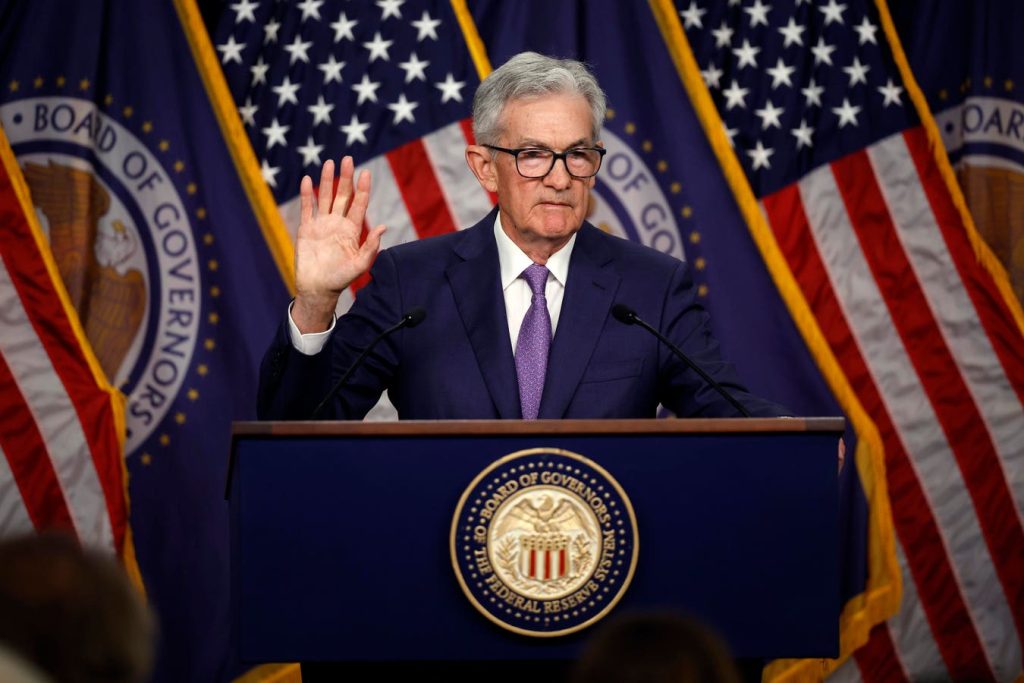The December 2024 jobs report painted a robust picture of the U.S. labor market, exceeding expectations and solidifying the view that the economy remains resilient against recessionary pressures. The unemployment rate dipped to 4.1%, coupled with a significant surge in non-farm payrolls, adding 256,000 jobs. This impressive growth pushed total U.S. payrolls to a record high of over 159.5 million, further reinforcing the positive narrative. While a strong performance was anticipated, the magnitude of the gains surprised analysts, effectively eliminating any remaining hopes for an interest rate cut by the Federal Reserve in its January 29th meeting. The report’s strength, combined with persistent inflationary pressures, suggests that the next rate cut may not materialize until May 2025.
Several key indicators within the report underscored the labor market’s vigor. Beyond the headline payroll figures, upward revisions to previous months’ data minimized the impact of earlier downward adjustments. The Household Survey also revealed a substantial increase in employment coupled with a decline in unemployment, further bolstering the positive trend. Low levels of initial and continuing jobless claims provided additional evidence of a tight labor market. Continuing claims stood at a mere 1.1% of the labor force, while initial claims remained remarkably low. The Job Openings and Labor Turnover Survey (JOLTS) data for November 2024 further corroborated this narrative, revealing a substantial number of job openings, a figure that, while lower than the pandemic-era peak, would have been considered record-breaking in pre-pandemic times. The significant gap between job openings and unemployment claimants suggests a sustained period of robust employment growth.
Despite the positive employment landscape, the Federal Reserve’s dual mandate also compels it to address inflation. While the labor market appears to be at full employment, inflation remains above the Fed’s 2% target. November data showed an acceleration in year-on-year consumer inflation across various metrics, including the Consumer Price Index (CPI) and Personal Consumption Expenditures (PCE) inflation, both headline and core. While projections indicate a potential return to the 2% target for headline inflation in 2025, core inflation is expected to remain stubbornly elevated, potentially throughout the year. This persistent inflationary pressure, coupled with the robust jobs report, effectively removes any near-term prospect of a rate cut.
The December jobs report carries significant implications for the Federal Reserve’s monetary policy. Although the three-month average of private payroll gains indicates a modest slowdown in the labor market, the overall picture remains strong. The Fed’s December rate cut was likely intended to preemptively address this slowdown, and the latest data suggests that further immediate action may be unnecessary. The probability of a January rate cut plummeted following the jobs report’s release, effectively eliminating any realistic chance of such a move. While future rate cuts are anticipated in 2025 and 2026, the current economic landscape supports the Fed maintaining its current stance.
The market reacted predictably to the jobs report. The news of robust job growth and diminished prospects for a rate cut led to an increase in bond yields and a strengthening of the dollar. Conversely, equity and bond prices, along with certain industrial commodity prices, experienced downward pressure. Looking ahead, the upcoming December CPI inflation report holds considerable sway over market expectations. A further acceleration in year-on-year inflation, a distinct possibility due to base effects, could further dampen expectations for rate cuts, potentially limiting them to a single 0.25% reduction in 2025. This scenario could exacerbate the upward pressure on the dollar and bond yields, while further weighing down equity and commodity prices.
However, the longer-term outlook offers some potential for relief. Projections suggest that year-on-year headline inflation, as measured by both CPI and PCE, could ease in the second quarter of 2025. This easing, also driven by base effects, could trigger a reversal in market trends, leading to a decline in the dollar and bond yields, and providing support for equities, bond prices, and industrial commodity prices. The interplay between employment strength and inflation persistence will continue to dominate market dynamics in the coming months, with the timing and magnitude of future Fed rate cuts contingent on the evolving economic landscape. The strong December jobs report has set the stage for a complex and potentially volatile market environment in the near term.

